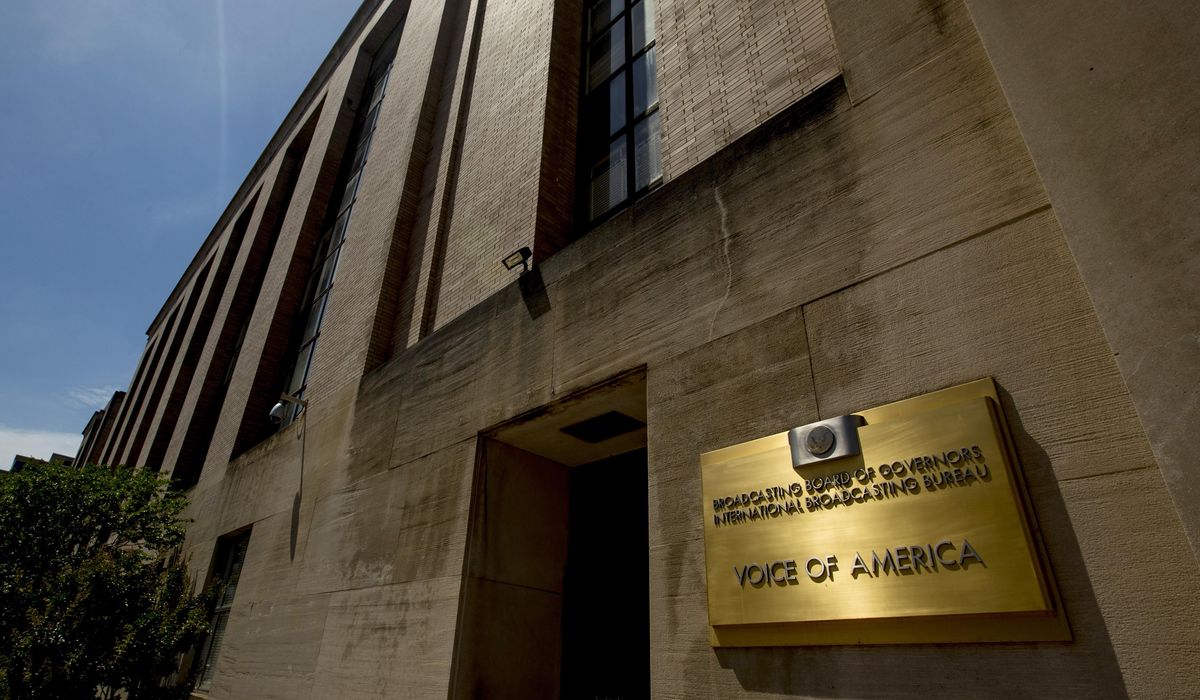
Uber UBER 1.15% Technologies Inc. is imposing a temporary surcharge on U.S. customers to soften the blow to drivers from mounting gas prices.
The fuel surcharge goes directly to drivers, the ride-sharing and food-delivery company said Friday. It ranges from 45 cents to 55 cents for Uber riders and 35 cents to 45 cents for Uber Eats customers. The charge will be in effect for the next two months.
Harry Campbell, founder of The RideShareGuy, a popular blog for ride-hailing drivers, said Uber’s calculus might make sense for shorter trips—which the company says make up most of its rides—but discourages drivers from taking longer ones.
“That’s where you might waste a gallon or two of gas,” Mr. Campbell said. A fixed surcharge per trip regardless of distance traveled “isn’t enough,” he said.
As of February, retail gas prices in the U.S. were up 38% year-over-year, according to the U.S. Energy Information Administration. The average price per gallon of regular gas in the U.S. reached a record high on Tuesday, up nearly 18% from where it was just nine days earlier.
Uber Chief Executive Dara Khosrowshahi said Monday that driver earnings would remain consistent if every 20% increase in the cost of gas was met with a 1% increase in passenger fares.
Drivers interviewed in recent days had hoped that any fare increments would be proportional to rising gas prices so their earnings remain stable.
The situation poses a conundrum for ride-share companies. Uber and rival Lyft Inc. have grappled with a year-long driver shortage. Mounting gas prices threaten to further exacerbate the labor shortage, which the companies tempered by offering bonuses to drivers last year. At the same time, the companies are hesitant to exponentially raise prices, which are 15% to 20% higher on average today compared with last January, according to market-research firm YipitData, which based its analysis on Uber and Lyft receipts.
Mr. Campbell’s RideShareGuy blog surveyed more than 300 drivers in the past week and found that 52% said they were driving less, or had given up driving altogether, because of rising gas prices.
Robert Thompson, 50 years old, who drove for Uber and Lyft in New Hampshire, said he stopped driving two weeks ago as gas prices began climbing. Now he is working overtime as a cook instead. “I can’t justify driving any longer,” he said, adding that gas prices were the final straw amid other concerns like rising crime, inflation and health concerns from sharing cars with people.
Uber said Friday that it hadn’t seen a decline in the number of active drivers on its platform in the past two months.
YipitData analyst Peter Martin said that a minor surcharge for customers is unlikely to taper demand. High ride prices have affected demand over the past year, according to his research, though for the most part customers have been willing to pay a premium.
While the dollar value of rides booked on Uber and Lyft are inching closer to pre-pandemic levels on the back of higher prices, the number of trips hasn’t recovered as quickly, according to Mr. Martin’s research. That suggests that high prices have been a deterrent, he said.
The number of Uber and Lyft trips during the fourth quarter of 2021 declined more than 35% compared with the same period in 2019, according to Yipit. Meanwhile, the dollar value of those transactions was down just 15% on the back of price increases.
Other companies that rely on gig workers are trying to counter high gas prices. Grubhub raised the per mile pay for couriers earlier this week. A company spokeswoman said the increase is in line with the average per-mile cost increase for gas in drivers’ regions.
Spokesmen for DoorDash Inc. and Lyft said the companies are monitoring the situation and pointed to previous partnerships that provide discounts and cashback to drivers at select fuel stations.
San Francisco-based Lyft driver Rondu Gantt, an organizer for app-based workers’ group Gig Workers Rising, said he is “primarily surge hunting” since gas prices hit the roof. Drivers are shown a map with areas where trips are “surging,” or carry a premium because drivers are in short supply. Mr. Gantt says he is largely accepting those trips because it pays drivers more.
“OK I’ll get $2 more on that ride. It’s not much but that adds up,” he said. “We’re hurting like hell right now.”
Write to Preetika Rana at [email protected]
Copyright ©2022 Dow Jones & Company, Inc. All Rights Reserved. 87990cbe856818d5eddac44c7b1cdeb8








